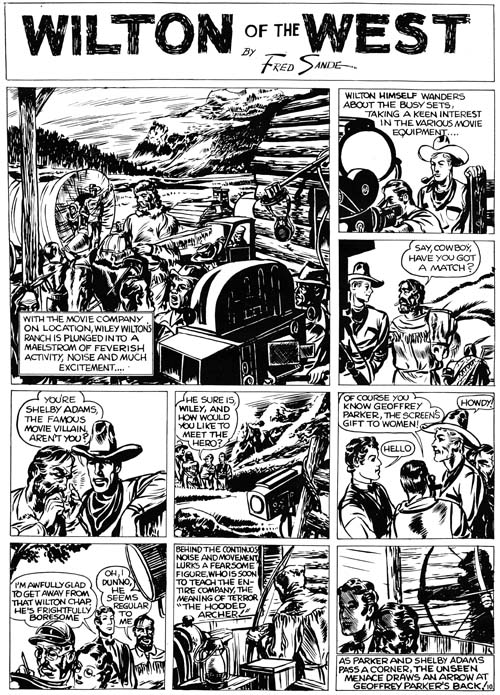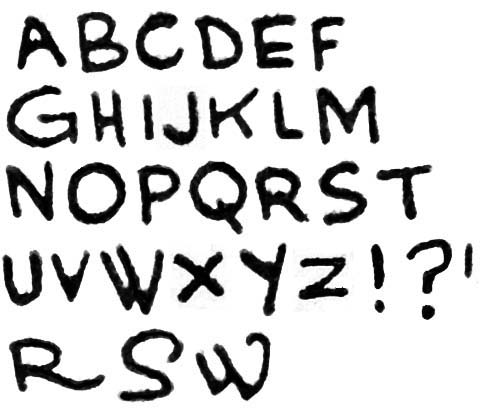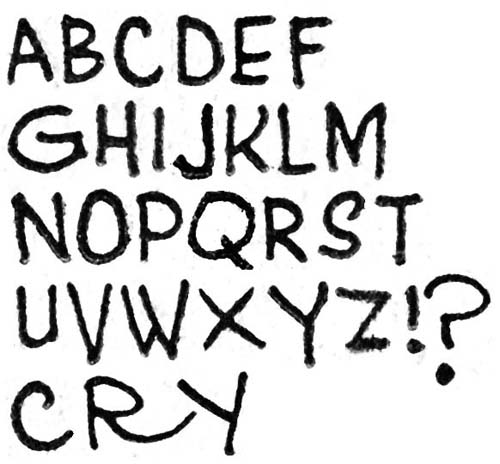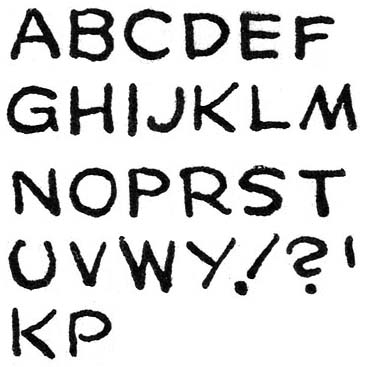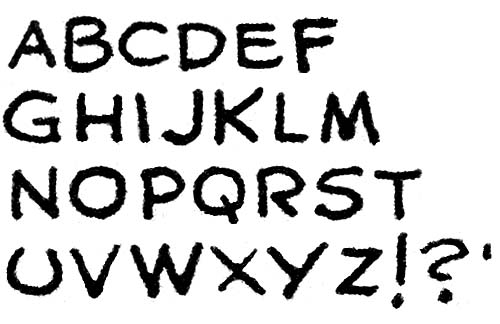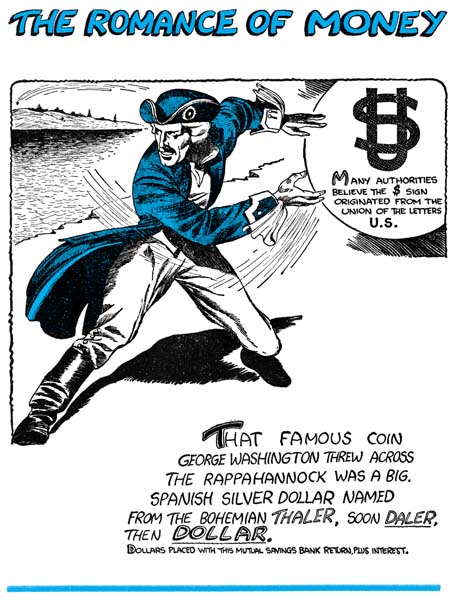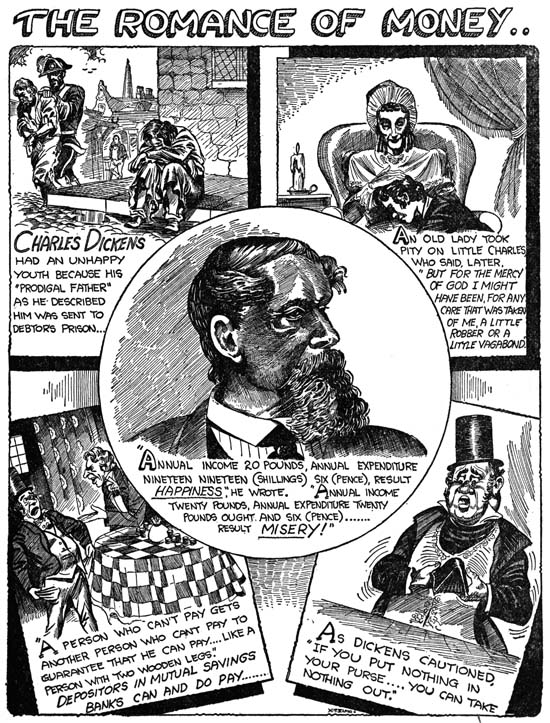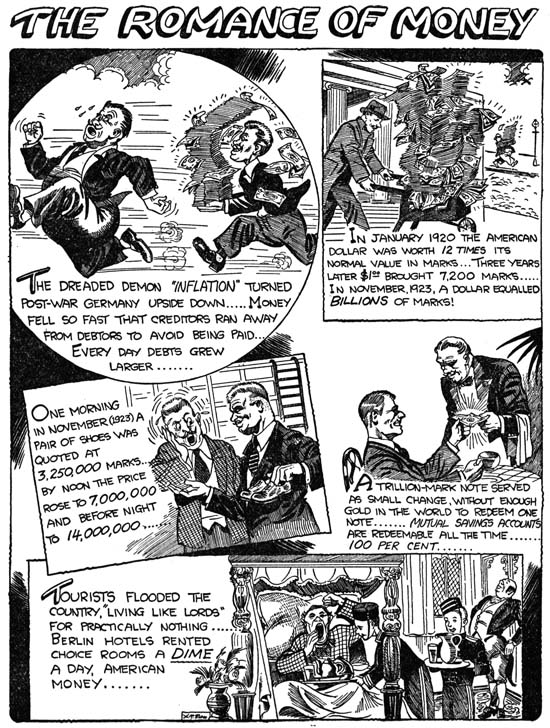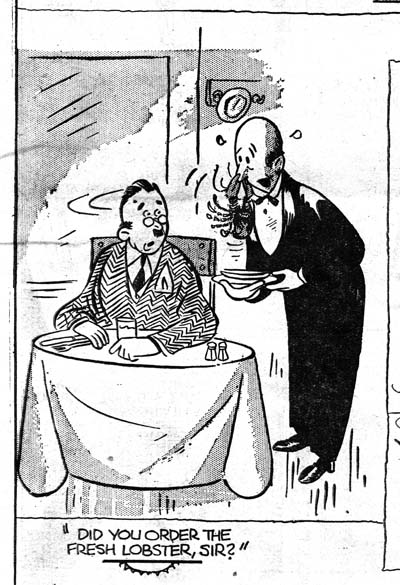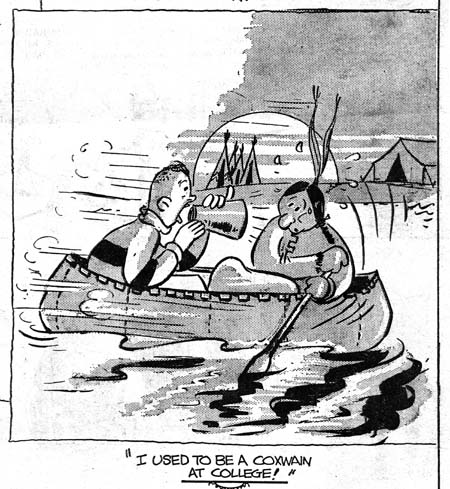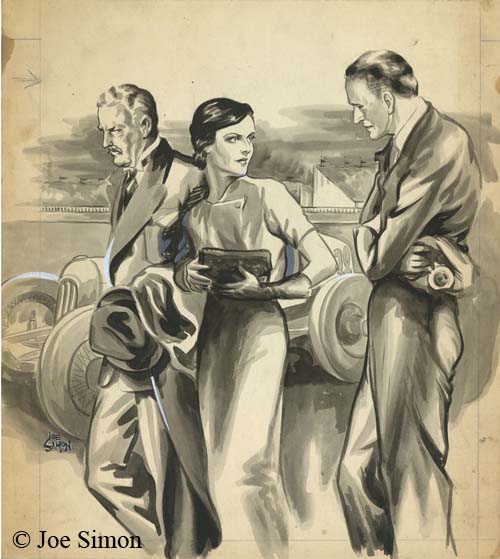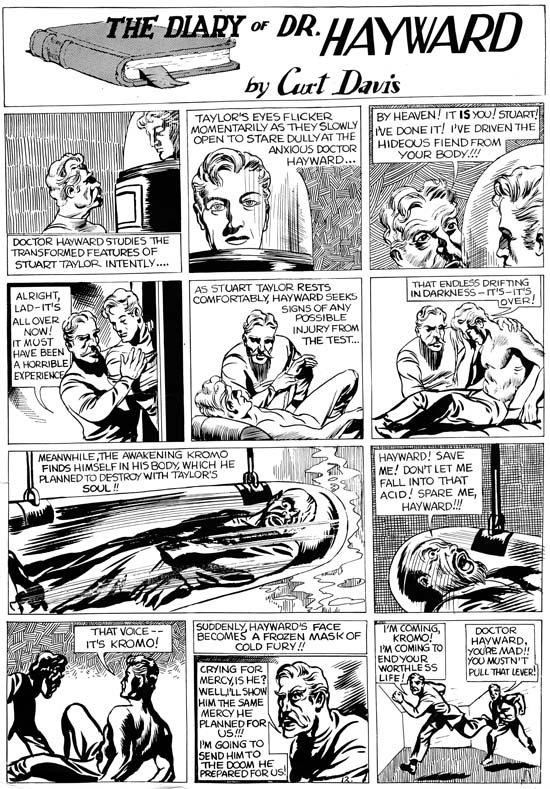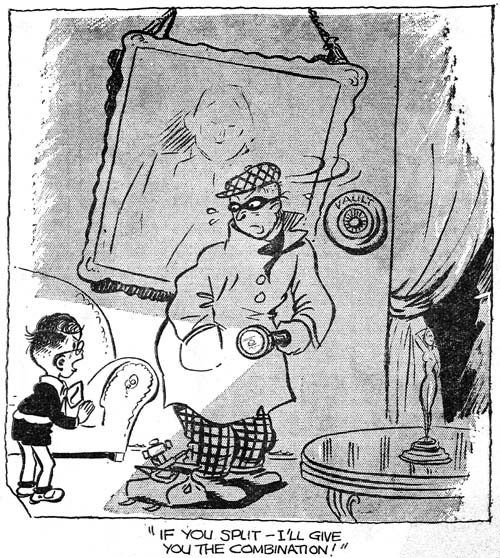Joe Simon was one of those unfortunately rare early comic book artists who saved some of his original art. Joe’s collection not only included work from his comic book career, but also prior efforts from when he was a newspaper staff artist. In the collection were twenty one portraits done on stipple paper. On the back of most there was a stamp indicating when the art was delivered. The stamps have the month and day (September 26 to October 23) as well as the time of day, but unfortunately not the year. Nor was there any indication of what publisher was printing the work.
On the front of ten of the drawings there were the names of the person penciled on them, and four had notations (“same depth as”…) that referred to another person. A search through newspaper archives has revealed that not only were these fourteen individuals politicians, only the 1935 election for Monroe County NY (which includes the city of Rochester) had all of them. From this and the date stamps, it would appear that the drawings the candidates for the fifteen most important positions. That would suggest that there are nine portraits unaccounted for.
Simon graduated from the Benjamin Franklin High School (Rochester NY) in 1932 and began working for the Rochester Journal (full name Rochester Evening Journal and Pony Express). In 1936 he moved and went to work for the Syracuse Herald. When that paper was shut down in 1939 Joe moved to New York City and his career as a newspaper staff artist ended. Considering the dates for the election, the Rochester Journal would appear to be the most likely publisher of the portraits. Unfortunately none of the online newspaper archives covered that paper for the dates required. Only the Central Library of Rochester and Monroe County appeared to have complete microfilm archives for the Rochester Journal. A visit to that library verified the Rochester Journal as the publisher of the portraits as well as providing the names of the politicians and the publication dates.

James I. Morrall. Democrat losing candidate for County Treasurer. September 27, 1935.

Paul R. Taylor. Democrat losing candidate for Special County Judge. September 30, 1935.

Henry D. Shedd. Republican winning candidate for Special County Judge. September 30, 1935.

John Hart. Democrat winning candidate for Councilman, North East District. October 4, 1935.

Lester B. Rapp. Republican winning candidate for Councilman, South District. October 9, 1935.

Edward Vanderlinde. Democrat losing candidate for Councilman, East District. October 11, 1935.

Samuel B. Dicker. Republican winning candidate for Councilman, East District. October 11, 1935.

Frederick J. Ruppel. Republican winning candidate for Councilman, Northwest District. October 14, 1935.

H. Acton Langslow. Democrat losing candidate for Member of Assembly 1st District. October 16, 1935.

Charles R. Haggerty. Republican winning candidate for Member of Assembly 2nd District. October 18, 1935.

Joseph Di Fede. Democrat losing candidate for Member of Assembly 2nd District. October 18, 1935.

Austin J. Donovan. Democrat losing candidate for Member of Assembly 4th District. October 23, 1935.

Harry J. Gaynor. Republican winning candidate for Member of Assembly 4th District. October 23, 1935.

Donald J. Corbett. Democrat losing candidate for Member of Assembly 5th District. October 25, 1935.

Walter H. Wickins. Republican winning candidate for Member of Assembly 5th District. October 25, 1935.

Francis J. D’Amanda. Democrat losing candidate for Judge of the City Court. October 30, 1935.

Goodman A. Sarachan. Democrat losing candidate for Judge of the City Court. October 30, 1935.

Charles F. Wray. Republican winning candidate for Commissioner of Schools. November 2, 1935.

James Kittrell. Republican winning candidate for Commissioner of Schools. November 2, 1935.

George S. Van Schaick. Democrat losing candidate for Commissioner of Schools. November 2, 1935.

Swayne Goodenough. Democrat losing candidate for Commissioner of Schools. November 2, 1935.
Joe no longer had the original art for nine of the political portraits that he did. Although at least one of these nine still exists in a private collection. I will include images of the remaining nine. I am sure the images degraded when the art was published in the paper, with further loss of quality when placed on microfilm and more deterioration when scanned from the microfilm. The end results are poor, but still give some indication of Simon’s efforts.

Jesse B. Hannan. Republican winning candidate for County Treasurer. September 27, 1935.

Edward L. Miller. Republican winning candidate for Councilman, North East District. October 4, 1935.

Arthur A. Davis. Democrat losing candidate for Councilman, South District. October 9, 1935.

John C. Curtin. Democrat losing candidate for Councilman Northwest District. October 14, 1935.

Pritchard H. Strong. Republican winning candidate for Member of Assembly 1st District. October 16, 1935.

Earl C. Langenbacher. Democrat winning candidate for Member of Assembly 3rd District. October 21, 1935.

Jerry R. Leonardo. Republican losing candidate for Member of Assembly 3rd District. October 21, 1935.

Arthur L. Wilder. Republican winning candidate for Judge of the City Court. October 30, 1935.

James P. O’Connor. Republican winning candidate for Judge of the City Court. October 30, 1935.



